Traveling has always been aspirational, as people seek to enrich their lives with unique experiences—and for many, their itineraries include seeing and interacting with animals.
Here in the Philippines, local tourism also makes use of animals as tourism points. However, tourism like this isn’t without a cost. In many cases, this type of tourism does more harm than good for the animals themselves. One can argue that it can be controlled, but history, more often than not, has shown that tourism development doesn’t exactly have the best interests of the community and environment in mind.
Here are some tips for real animal lovers, so that you can minimize the hurt you do to animals when you travel.
Watch what’s on you

Do be careful with chemicals that you use for your skin, be it sunscreen, lotions, or insect-repellent solutions. If they are non-biodegradable, or have many toxic components, then you might bring harm to your surroundings. This applies particularly to beach outings, where skin protection will dissolve in the water near various aquatic life. It may not mean much, but if you have a beach full of people who have toxic skin protection washing off them, then the effect is magnified and you may harm or even kill off the flora and fauna in the area.
Observe proper supervision

Wild animals, contrary to popular belief, aren’t instantly out to get people with biting, clawing, and other violent behavior. However, if tourists aren’t supervised by experts or local officials who are familiar with animal behavior, then two things can happen. The first is that a tourist will do something that can trigger an animal’s defensive reactions. The second, however, is the more common scenario, where a tourist can end up hurting animals through rough or incorrect handling.
Two situations in local tourism are perfect examples. The whale sharks in Oslob are usually mobbed by tourists who want to take selfies with the sharks—or worse, “ride” them. This can’t possibly be healthy for the animals’ stress levels. Tarsiers in Bohol have it worse: uncaring tourists have used flash photography on them, and with their sensitive eyes, they get so upset that they sometimes commit suicide.
No Go: Animal Rides
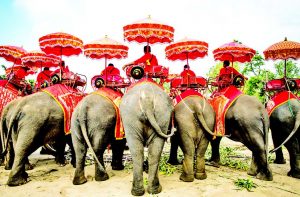
Some wild animals may be gentle, but that does not mean they are okay with you making rides out of them. These include whale sharks, large tortoises, and midget ponies. And the excuse that the local operators allow it is a poor one. After all, they’re in it to make money, not to keep the animals healthy.
This also extends to tourist trails that use animals as part of the ride. Some horse trails are so dangerous that they shouldn’t even use those trails, animals notwithstanding. For example, to get horses to cooperate, or go through what even they think are dangerous parts of a trail, they may be whipped or beaten.
Caution: Fragile Wildlife
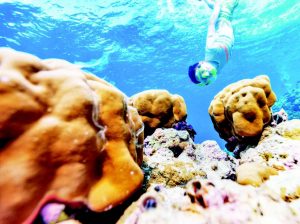
The best local example of this is how some people thoughtlessly walk on corals. Corals being living things, once you step on them, the organisms beneath your feet die. And don’t put in your mind the idea that they’ll just grow back—remember, you’re not the only one walking around. The cumulative effect of a tourist destination on the environment can be very deadly to fragile ecosystems.
Don’t Feed!
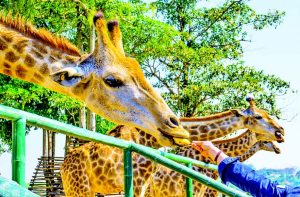
Some tourism spots may offer activities where tourists feed wild animals or, at the very least, animals in enclosures. In either case, it’s not a good idea. For wild animals, feeding them may enforce habits that will change their migratory patterns, or change their impact or place in the natural environment. The leftover food scraps can also affect the food cycle of other animals in the area, aside from possibly affecting even more animals down the line.
(Animals which are in enclosures are a different sort of problem, and we’ll tackle that in the next section.)
Do Not Disturb: Tapping animal enclosures and artificial environments create stress
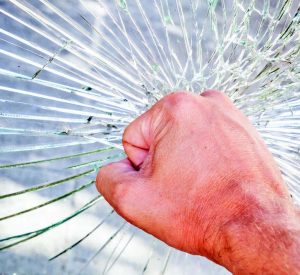
Do you remember tapping on an aquarium’s glass panes, or slapping your hand on the walls of zoo enclosures? Anything similar to that can also cause stress in animals that are in the enclosed area. After all, although an enclosure (or an aquarium) can imitate much of the natural environment, it can never truly replicate the real thing. Disturbing the enclosures only put in undue stress to what is already an unhealthy situation.
Pick: No Plastic
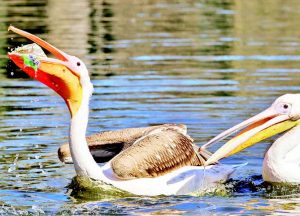
For local wildlife, be it on land or water, plastic bags and debris in general are very harmful. To give you an idea, plastic bags can be mistaken by turtles for jellyfish, and this can block their digestive systems. It’s the same for wild animals scavenging through garbage left by tourists.Plastic twine is also dangerous, as it entangles birds, fish, and other animals, making them unable to move properly. Even plastic containers can be dangerous, if a wild animal’s paws, hooves, or other appendages are stuck in them. In short, pick up after yourselves when it comes to plastic garbage.
Sadistic Smuggling: Don’t Bring Animals Home!
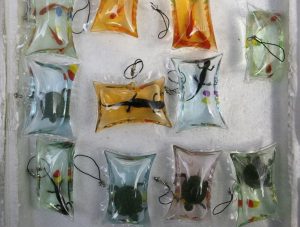
Admit it: we or those we know have smuggled animals home in different ways. It can be as “harmless” as a taking a small hermit crab home, to try and make them live in a terrarium, to fish placed in plastic bags, and even small turtles put in small containers with water in them. The harm here is obvious: if you’re not prepared to keep them as pets, and you don’t have a proper enclosure for them, chances are, they die. We’re not even getting to you having the right kind of food to feed them with. It is the mass marketing of tourism crossing over into animal cruelty.
This appeared in Animal Scene’s April 2018 issue.






